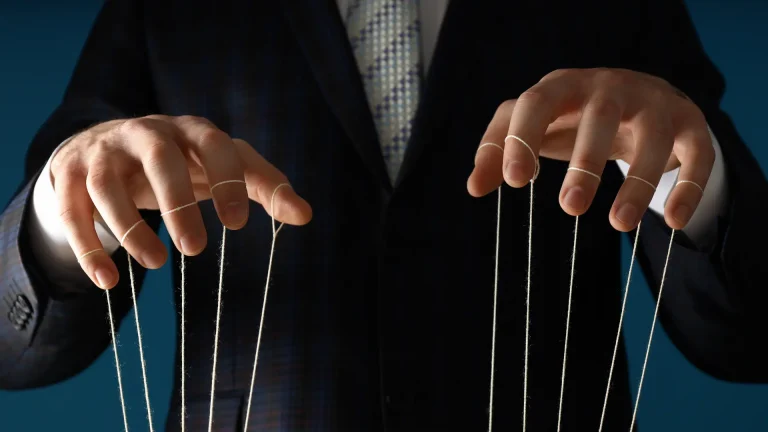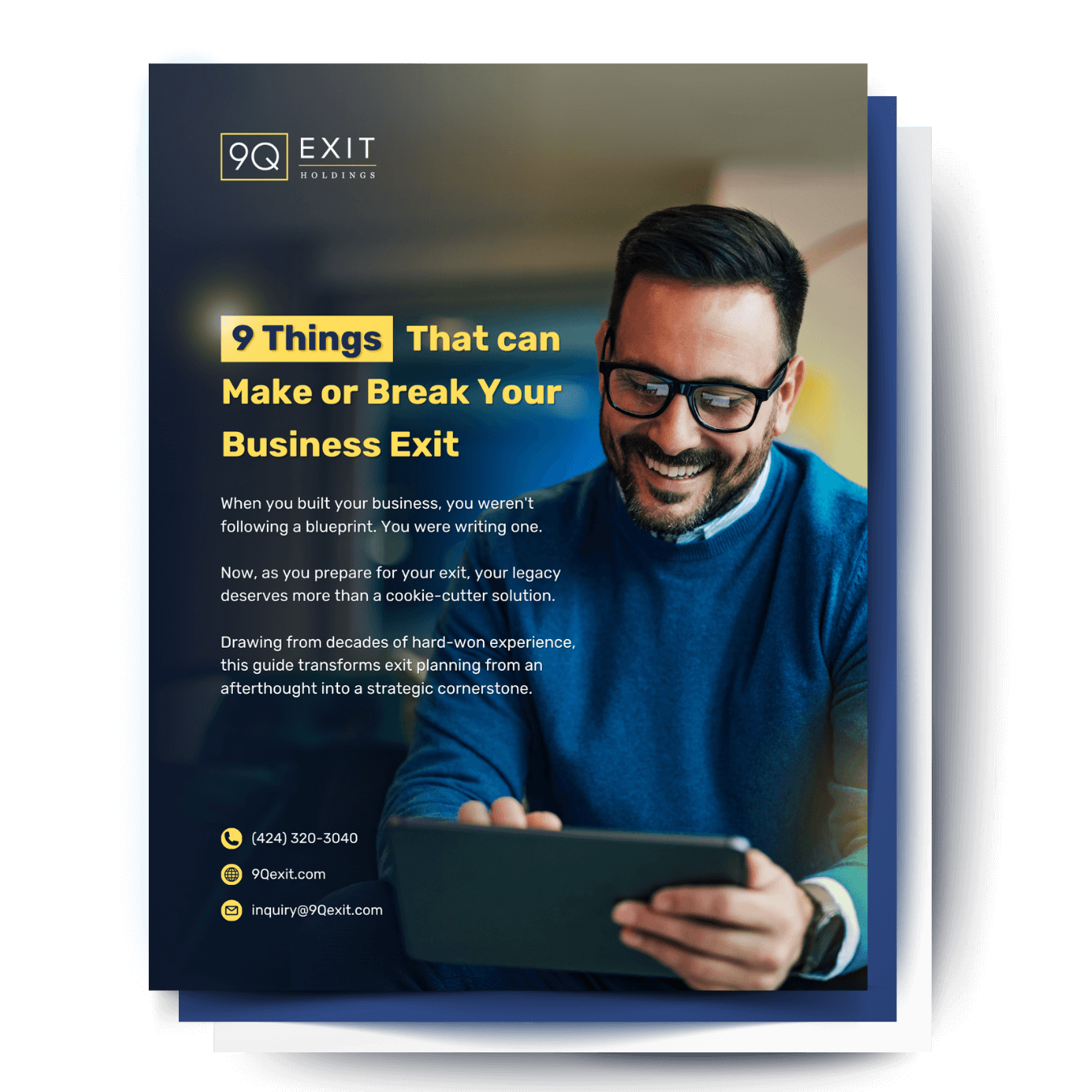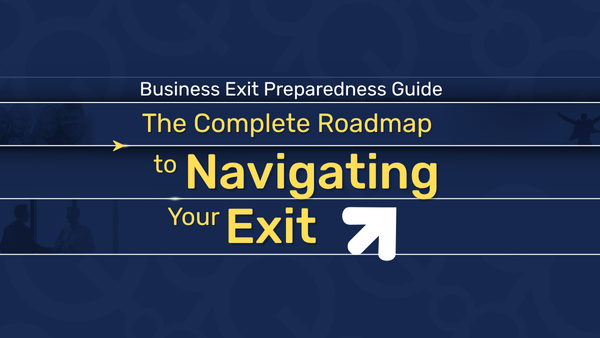Most business owners think maintaining control protects their wealth. In reality, it’s costing them millions when they finally decide to sell.
The Control Paradox

Owner-operators spend decades building businesses around themselves. They make every major decision, approve every hire, and personally manage key client relationships. This hands-on approach often drives early success, but it creates a hidden liability that only surfaces during exit discussions.
When buyers evaluate a business, they’re not just buying revenue streams. They’re buying predictable, transferable systems. A company that runs smoothly without its founder commands premium valuations. A busines that revolves around the owner’s daily involvement? That’s a massive discount waiting to happen.
The Million-Dollar Blind Spot

Consider two similar manufacturing companies, both generating $10 million in annual revenue. Company A’s owner delegates operations, has documented processes, and maintains arm’s-length client relationships. Company B’s owner personally manages every major account and makes all strategic decisions.
A sells for 6x earnings. For B? Maybe 3x, if they’re lucky. The difference isn’t performance—it’s transferability. Buyers pay premiums for businesses they can own without constantly managing.
Why Smart Owners Create Distance

The most successful exits happen when owners gradually remove themselves from daily operations years before selling. This isn’t about becoming lazy or disconnected—it’s about systematizing what you do so others can replicate your results.
Start by identifying every task that currently requires your personal attention. Then ask: “What would need to exist for someone else to handle this as well as I do?” The answer becomes your operational roadmap.
The Reinvestment Reality

Here’s what surprises most owners: investing in management depth and operational systems actually increases both current cash flow and exit value. Strong managers don’t just replace you—they often improve performance by bringing fresh perspectives and specialized expertise.
The businesses that command the highest multiples at exit are those that prove they can thrive under new ownership. That proof starts with demonstrating they can thrive without their current owner.
Building Your Exit Premium

Three years before you plan to sell, stop being indispensable. Document your decision-making processes. Train others to manage client relationships. Create systems that produce consistent results without your constant oversight.
The goal isn’t to make yourself irrelevant—it’s to make your business valuable to someone who isn’t you. That shift in perspective is worth millions at closing.
The hardest part of building wealth through business ownership isn’t creating a successful company. It’s learning when to step back so someone else will pay you properly for what you’ve built.







